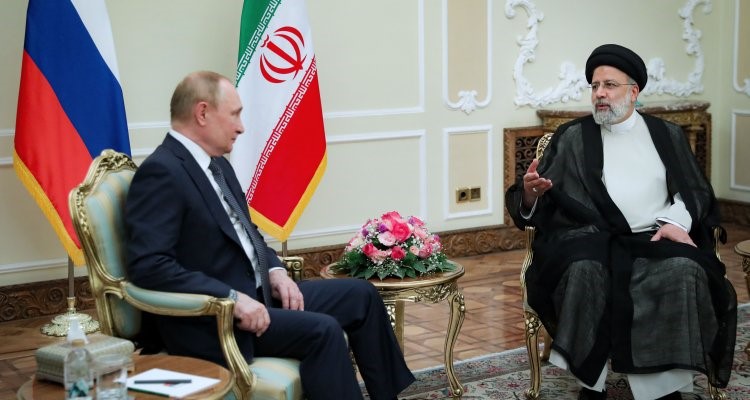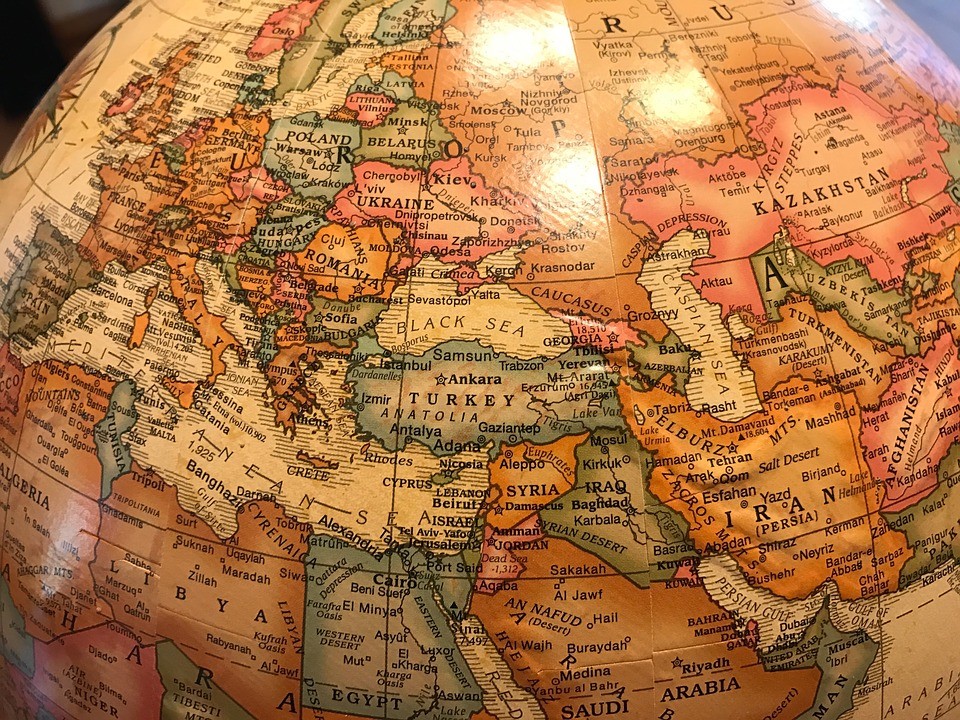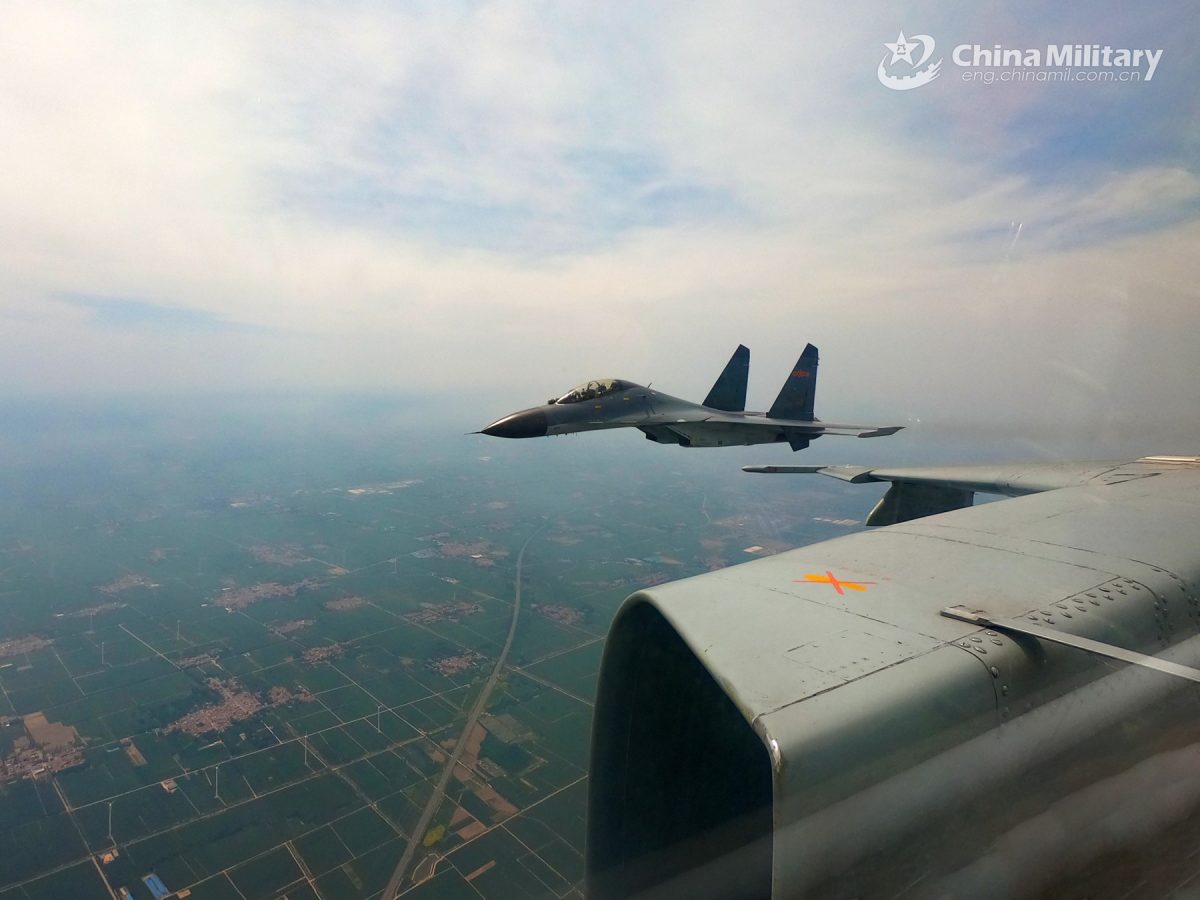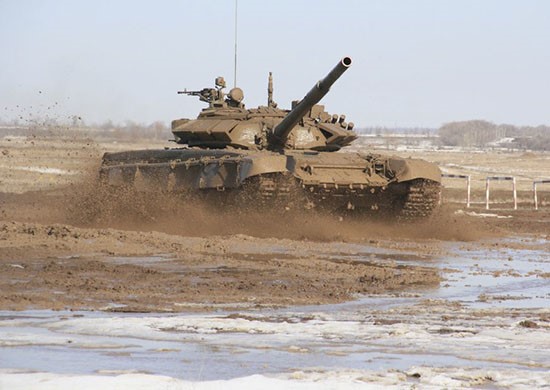A well regulated Militia,
being necessary to the security of a free State, the right of the people to
keep and bear Arms, shall not be infringed. –Second Amendment
to the United States Constitution
For the balance of my legal career, I have believed New York’s
gun laws to be unconstitutional and overly restrictive. Imagine my
surprise to find that Supreme Court Justice Clarence Thomas agrees.
Recently, in the case of New York State Rifle & Pistol Assn v. Bruen,
the US Supreme Court has once more supported a plain reading of the Second
Amendment, this time to invalidate one of New York State’s more onerous
impediments to a citizen’s right to bear arms.
Under New York Penal Law Section
265.01(1), a person is guilty of a Class A misdemeanor if “(h)e or she
possesses any firearm,” which is defined at 265.00(3)(a) as “any
pistol or revolver.” There are a host of other definitions involving
rifles, shotguns and other weapons, but the reader will note that there is no
requirement that the pistol or revolver be loaded.
Then there is PL Section 265.01-b, enacted under former
Governor Andrew Cuomo, which makes it a Class E felony to possess “any
firearm.” There is no qualitative difference between the language
used in the felony charge or the misdemeanor. The reader will also notice
there is no defense to possession of a “firearm” until a person is
charged under PL Sec. 265.03(3). Under this statute, it is a crime to
possess a “loaded firearm,” except “(s)uch possession
shall not…constitute a violation of this
subdivision if such possession takes place in such person’s
home or place of business.”
In other words, if you have a loaded firearm, and you are
not in either your home or place of business, you will be prosecuted under
265.03(3). However, even if you are at home, or behind the counter of
your bodega, you could still be charged with a crime, whether the gun is loaded
or not.
A violation of Penal Law Section 265.03 is a Class C felony,
which carries a longer jail sentence than the Class E felony of 265.01-b, or
the misdemeanor Section 265.01(1). But whether you would be charged under
the misdemeanor or felony for the same gun possessed in your home or business
is anybody’s guess.
All this legislation is intended to force law abiding
citizens to register their guns. But as every New Yorker knows, this is a
difficult proposition. Under Article 400 of the Penal
Law, “No license shall issue” (a very negative way to start a
law) except if an applicant is 21 years of age; is of “good moral
character”; has not been convicted of a felony or “serious offense”;
is not a fugitive; has not had a dishonorable discharge from the Armed
Services; etc, etc, etc.
Even if an applicant can meet all this criteria (some of
which are admittedly reasonable), and get a permit for a pistol for their home
or business, there is one more hurdle the applicant must pass to get a
concealed carry license – the applicant must establish they have “proper
cause” to carry a firearm outside their home or office.
What is “proper cause?” Under
New York law, an applicant is required to demonstrate “a special need
for self-protection distinguishable from that of the general community or a
person engaged in the same profession.” Self-protection alone was
not deemed sufficient “proper cause.” Instead, an applicant
was forced to explain why their particular circumstances required them to
carry a gun; for instance, “I am in the business of selling widgets and
have access to a warehouse full of expensive widgets. I am in fear that I am a
target for attack by dangerous criminals who know I work for ACME Inc and want
to harm me to (steal) the widgets”.
Even when an applicant makes the requisite showing, less
than 14 percent of gun permit applications were approved by the NYPD as of
March 2022. “Gun
store owners said they’ve been hearing complaints from would-be customers
whose applications seem to have disappeared into limbo at the NYPD’s License
Division…'(t)hey just stopped doing the investigations and the processing,’
said a city gun dealer who spoke on condition of anonymity. ‘It’s a
slowdown across the board. It’s every person that applies. Every day, I’m
speaking to frustrated people.’”
In its recent decision, the US Supreme Court invalidates the
use of the “proper cause” standard by New York. “(T)he
Second and Fourteenth Amendments protect an individual right to keep and bear
arms for self-defense,” Justice Thomas writes. “(W)e hold that when
the Second Amendment’s plain text covers an individual’s conduct, the Constitution
presumptively protects that conduct.”
Justice Thomas relied heavily upon the Court’s 2008 decision
in District of Columbia v. Heller, “In
Heller,” Thomas states, “(our) analysis suggested that the Amendment’s
operative clause – ‘the right of the people to keep and bear Arms shall not be
infringed’ – ‘guarantee[s] the individual right to possess and carry weapons in
case of confrontation’ that does not depend on service in the militia…We
reiterate that the standard for applying the Second Amendment is as follows:
When the Second Amendment’s plain text covers an individual’s conduct, the
Constitution presumptively protects that conduct.”
“The test that we set forth in Heller and apply today
requires courts to assess whether modern firearms regulations are consistent
with the Second Amendment’s text and historical understanding,” the Court
states. “Heller itself exemplifies this kind of straightforward…inquiry.
One of the District’s regulations challenged in Heller ‘totally ban[ned]
handgun possession in the home.’ (Citation omitted.) The District in Heller
addressed a perceived societal problem – firearm violence in densely populated
communities – and it employed a regulation – a flat ban on the possession of
handguns in the home – that the Founders themselves could have adopted to
confront that problem. Accordingly…Heller concluded that the handgun ban was
unconstitutional.”
“New York’s proper-cause requirement concerns the same
alleged societal problem addressed in Heller: ‘handgun violence,’ primarily in
‘urban area[s]'” However, Justice Thomas writes, “(i)t is
undisputed that petitioners…two ordinary, law-abiding, adult citizens..are
part of ‘the people’ whom the Second Amendment protects…(n)or does any party
dispute that handguns are weapons ‘in common use’ today for self-defense…(w)e
therefore turn to whether the plain text of the Second Amendment protects
(petitioners) proposed course of conduct – carrying handguns publicly for
self-defense.”
“We have little difficulty concluding that it
does,” the Court finds. “Nothing in the Second Amendment’s text draws
a home/public distinction with respect to the right to keep and bear arms. As
we explained in Heller…’the right of the people to keep and bear Arms, shall
not be infringed’ – ‘guarantee the individual right to possess and carry
weapons in case of confrontation.’ (Citation omitted.) Heller further confirmed
that the right to ‘bear arms’ refers to the right to ‘wear, bear, or carry . .
. upon the person or in the clothing or in a pocket, for the purpose . . . of
being armed and ready for offensive or defensive action in a case of conflict
with another person.’ (Citation omitted.) This definition of ‘bear’ naturally
encompasses public carry… To confine the right to ‘bear’ arms to the home
would nullify half of the Second Amendment’s operative protections.”
Since there is no distinction made by the Second Amendment
between maintaining a firearm in your home/place of business, or carrying that
same firearm on your person, New York’s requirement that an applicant for a
carry permit show “proper cause” is invalid. “The
constitutional right to bear arms in public for self defense is not ‘a
second-class right, subject to an entirely different body of rules than the
other Bill of Rights guarantees’ (Citation omitted)” Thomas writes.
“We know of no other constitutional right that an individual may exercise
only after demonstrating to government officers some special need. That is not
how the First Amendment works when it comes to unpopular speech or the free
exercise of religion. It is not how the Sixth Amendment works when it comes to
a defendant’s right to confront the witnesses against him. And it is not how
the Second Amendment works when it comes to public carry for self
defense.”
Naturally, New York State officials were not pleased to
discover they had been in violation of the Second Amendment for so many years.
New York Governor.
Kathy Hochul called the ruling “outrageous…that at a moment of
national reckoning on gun violence, the Supreme Court has recklessly struck
down a New York law that limits those who can carry concealed weapons.”
In that regard, the New York Legislature has already
“repealed a concealed-carry restriction that the court deemed
unconstitutional but voted to enact a new set of gun laws…including
designating many public places as gun-free zones and adding more permits requirements.”
“
Under the bill, which goes into effect Sept. 1, guns will be banned from
modes of public transportation, such as subways and buses, and from schools,
shelters, government buildings, poll sites, places of worship, health
facilities, establishments that serve alcohol, libraries, day cares, zoos,
museums, theaters and stadiums, public playgrounds and parks. Other sensitive
locations where firearms will be prohibited include Times Square, a popular
tourist destination in Manhattan. There will also be a ‘presumption’ statewide
that firearms are not welcome inside private businesses unless the property
owner explicitly states otherwise with a clearly visible sign.”
In explaining her justification for the new restrictions,
Governor Hochul used this example: “Imagine you’re in Times Square. You’re on
the way to a show with your family, and you’re surrounded by people with concealed
weapons…Does that make you feel more or less safe? I think we all know the
answer to those questions.”
But let’s rephrase the question. Do you feel safer on
that subway knowing that the people with the concealed guns have been found by
the NYPD or other licensing agency to be of “good moral character,”
without felony records or other disqualifying conditions, or do you feel safe
knowing the only person with a concealed gun on that same subway is a criminal,
in flagrant violation of New York’s restrictive gun laws?
I think reasonable people know the answer to that question.
Judge John Wilson (ret.) served on the bench in NYC.
Photo: Pixabay









